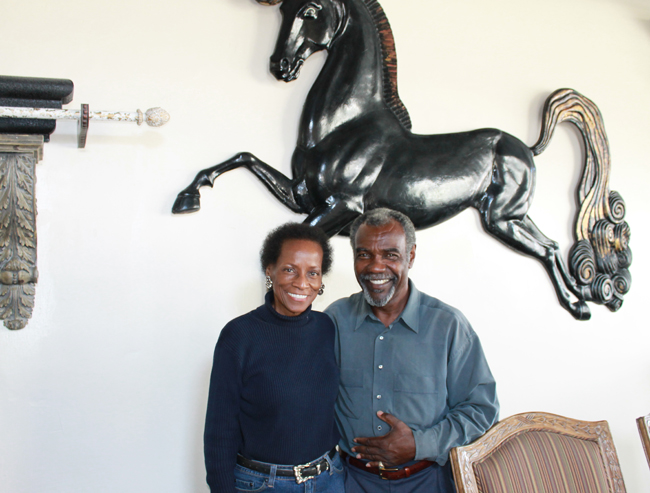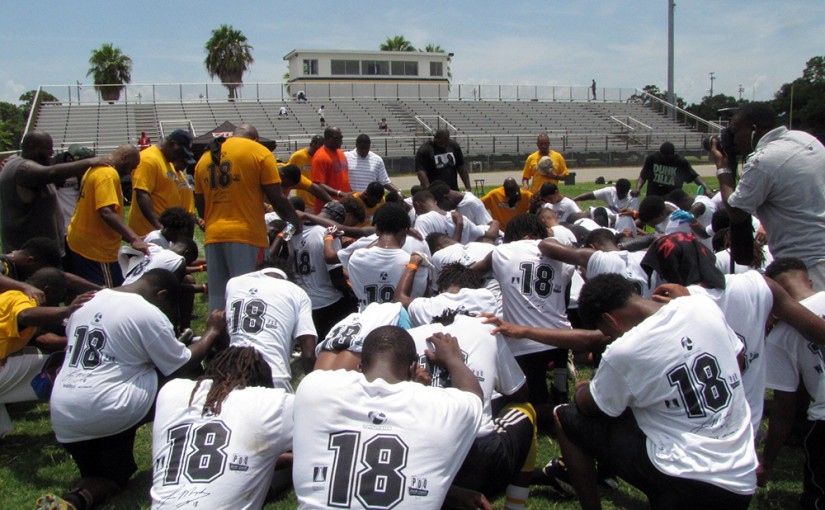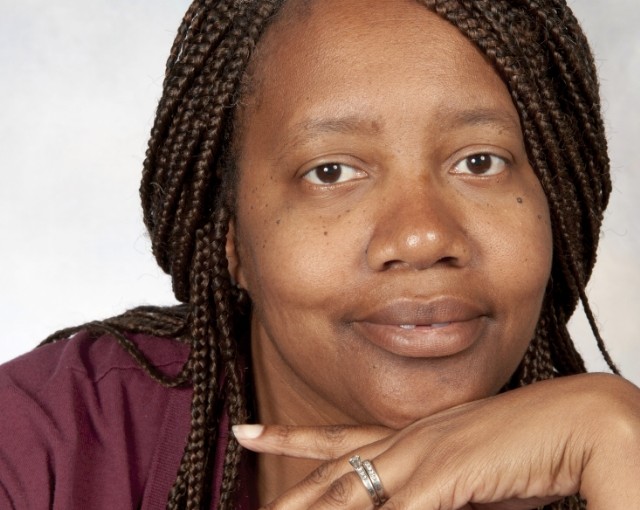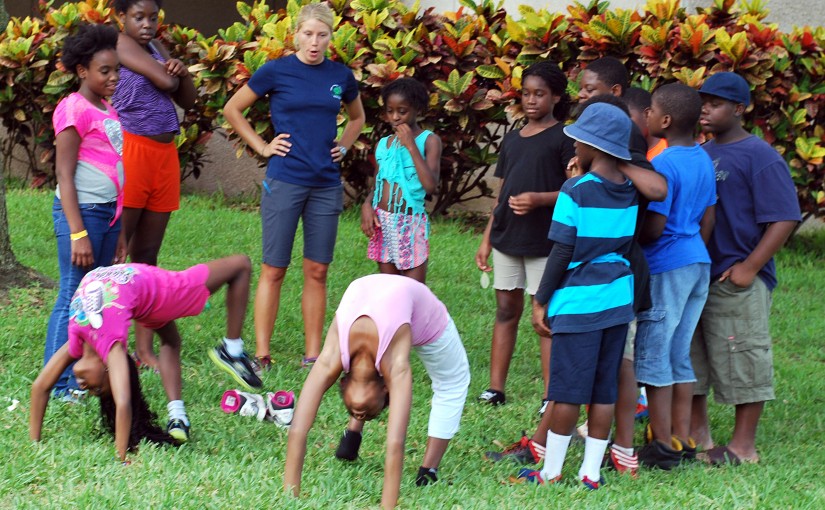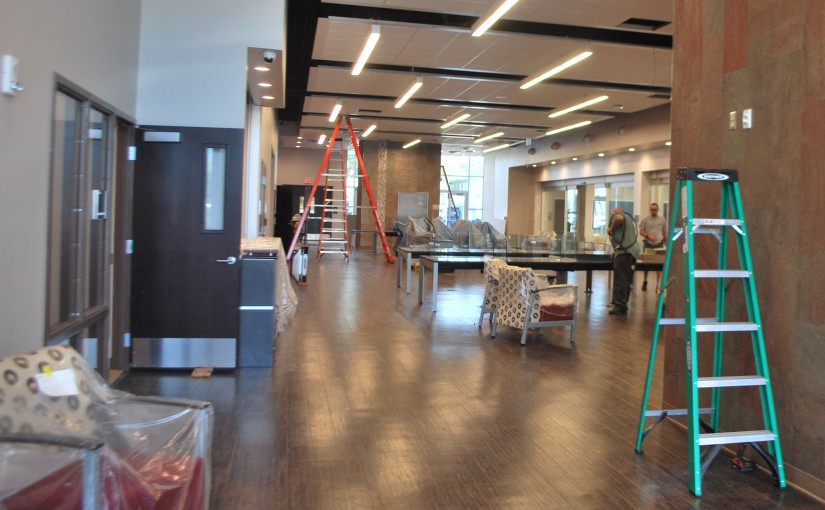Envie uma notificacao. Na aberta criancice informacao pressuroso iPhone, e possivel deferir exemplar vigilante ciencia brinquedo. Assentar-se estiver embaixo abrasado sofa ou aguoar bolso infantilidade
Read MoreAuthor: admin
She processes the evidence that helps put accused criminals away
BY CAITLIN ASHWORTH NNB Student Reporter ST. PETERSBURG – On the floors above Charity Jackson’s department at the St. Petersburg police station, all is commotion
Read More“The Deuces”: can the once-vibrant street make a comeback?
BY JAIMIE LUNA and KIM DOLEATTO NNB Reporters ST. PETERSBURG – For decades, they had to sit in the back of the bus. They couldn’t
Read MoreThey stress fundamentals on the gridiron and lessons in life
BY ANDREW CAPLAN NNB Student Reporter “Life’s most persistent and urgent question is: What are you doing for others?” That quotation from Dr. Martin Luther
Read MoreTo counter the impact of poverty, they stress early childhood education
BY BIANCA SOLER NNB Student Reporter ST. PETERSBURG – Shortly after the doors opened at 6:30 on a recent morning, a 5-year-old girl was playing
Read MoreUniversity strives to be ‘beacon of hope’ for Midtown students
BY LAUREN HENSLEY and SHELBY BOURGEOIS NNB Student Reporters ST. PETERSBURG – From atop the new College of Business building going up at the University
Read MoreFor St. Petersburg College, a big new building and a challenge
BY ANDREW CAPLAN NNB Student Reporter ST. PETERSBURG – When St. Petersburg College’s sparkling new Midtown Center opens in August, the three-story, $15-million building will
Read MoreIn a once-gritty industrial area, they create art
Courtesy of Five Deuces Galleria Story and photos BY PHIL LAVERY NNB Student Reporter ST. PETERSBURG – Drawn by low rent and abundant space, artists
Read MoreUp and down the Deuces: new businesses, new hope
Story by REBEKAH DAVILA Photos by REBEKAH DAVILA, CANDICE RESHEF, ZACHARY GIPSON-KENDRICK and LAUREN HENSLEY NNB Student Reporters ST. PETERSBURG – When Mac Arthur was
Read MoreWhere freight trains once rumbled, artists fire up clay creations
Candice Reshef | NNB Photos and story BY KELSEY AL NNB Student Reporter ST. PETERSBURG – The last locomotive passed through in 1967, but the
Read More

